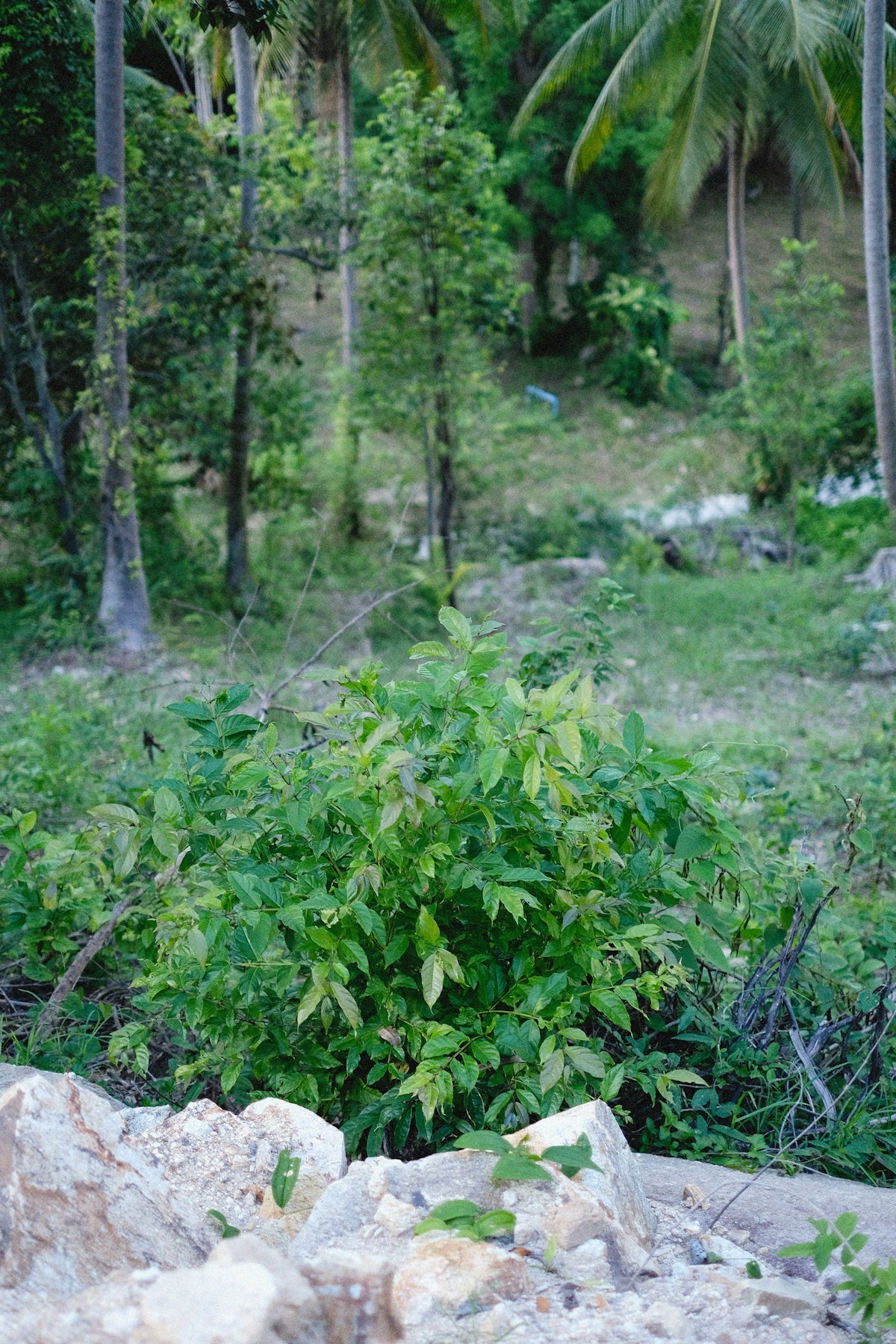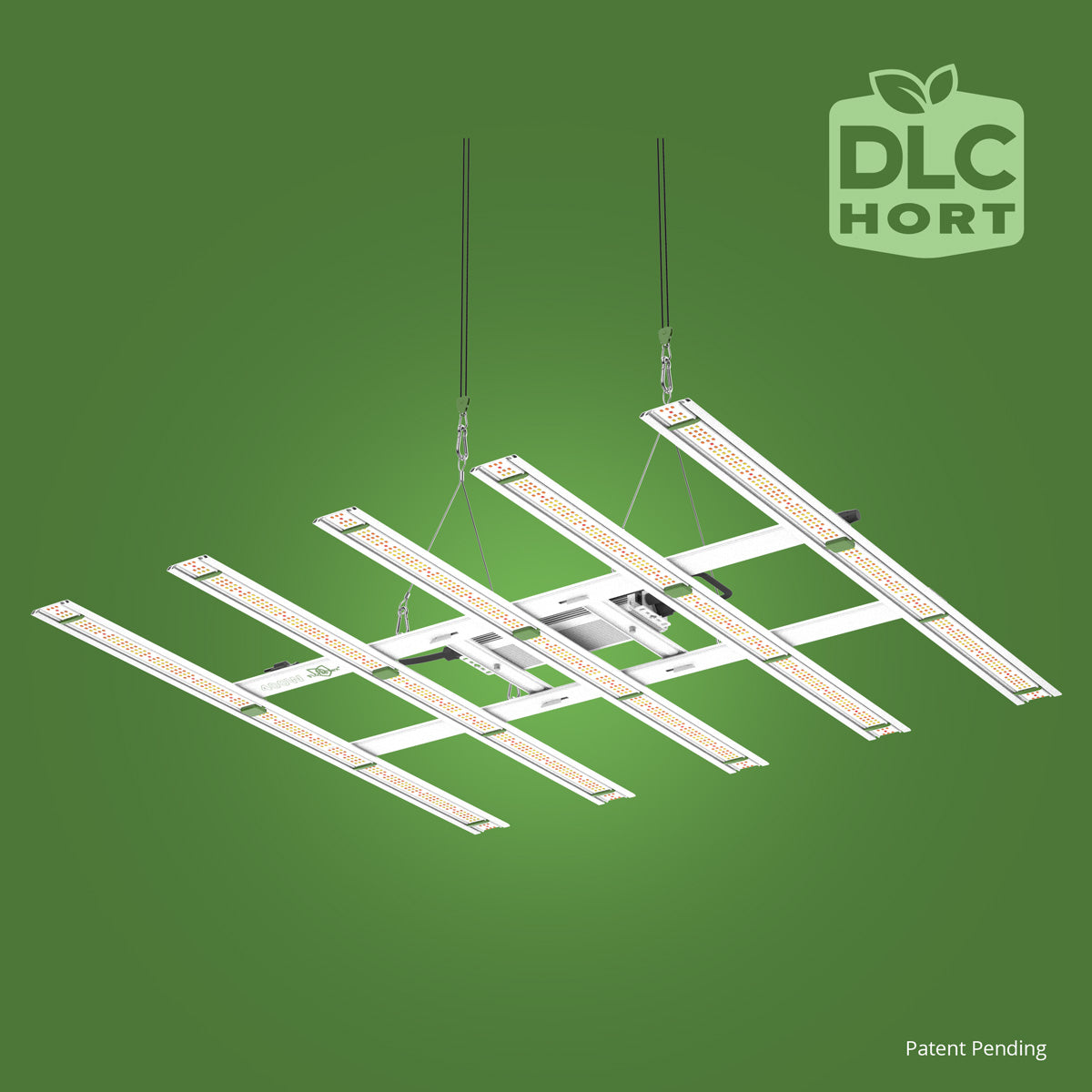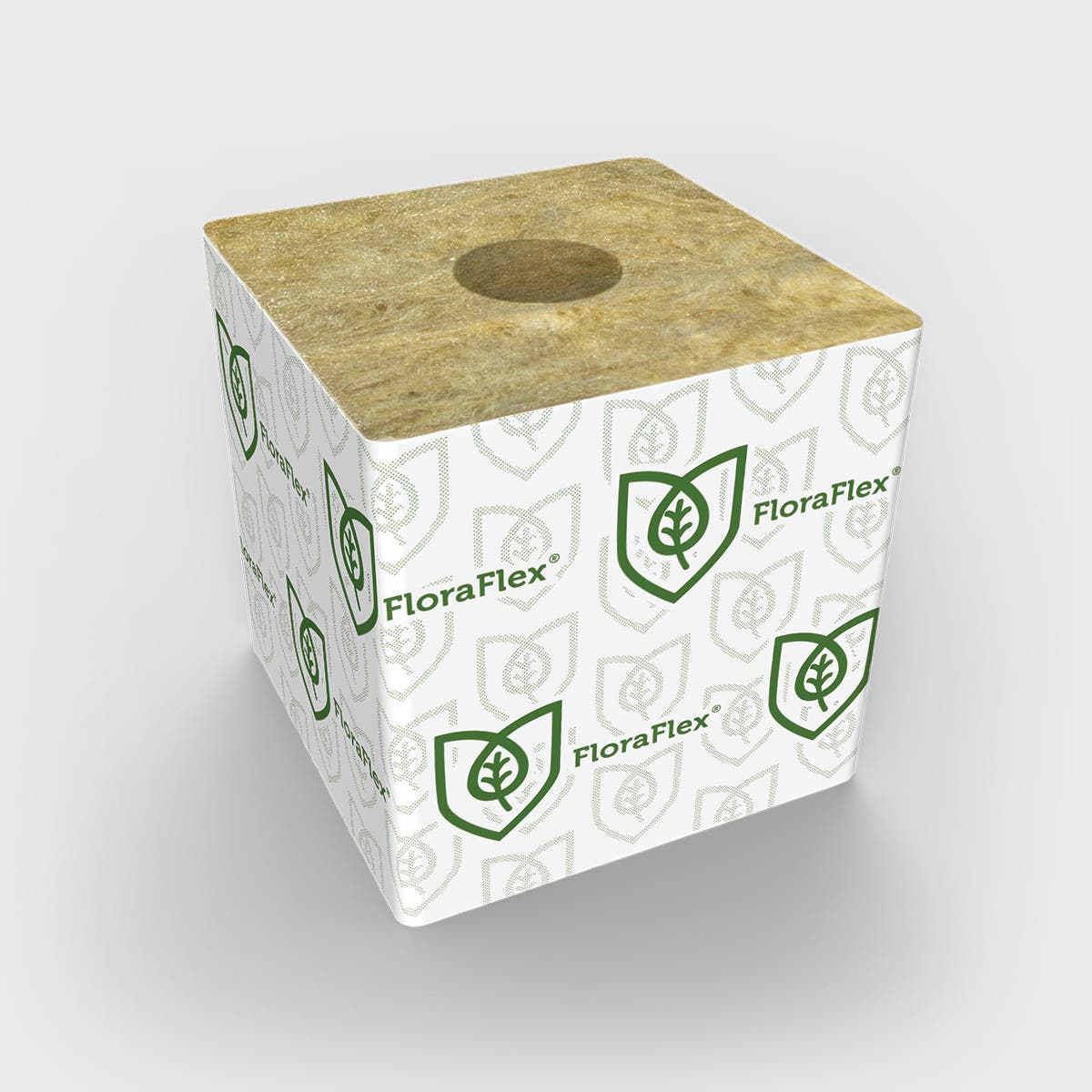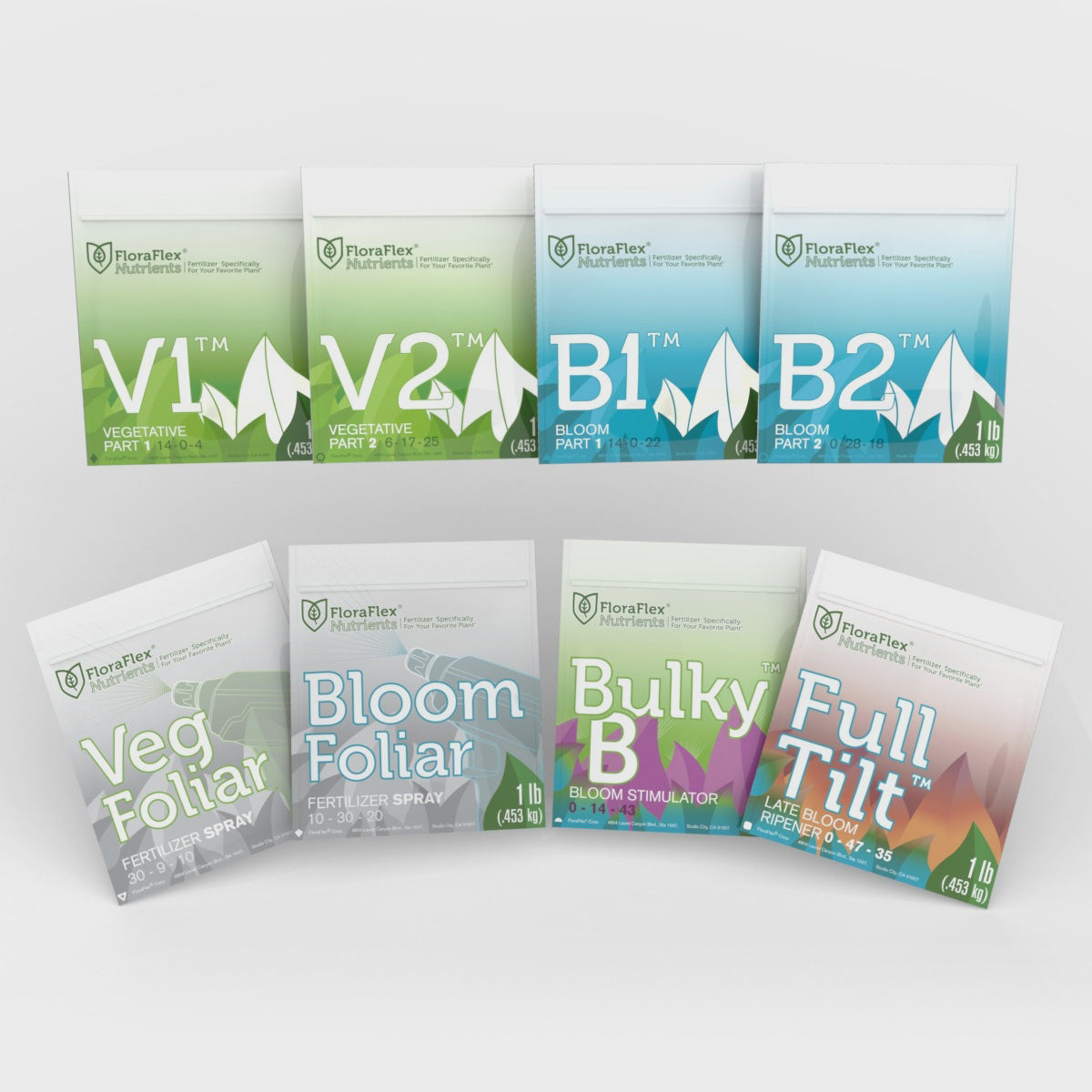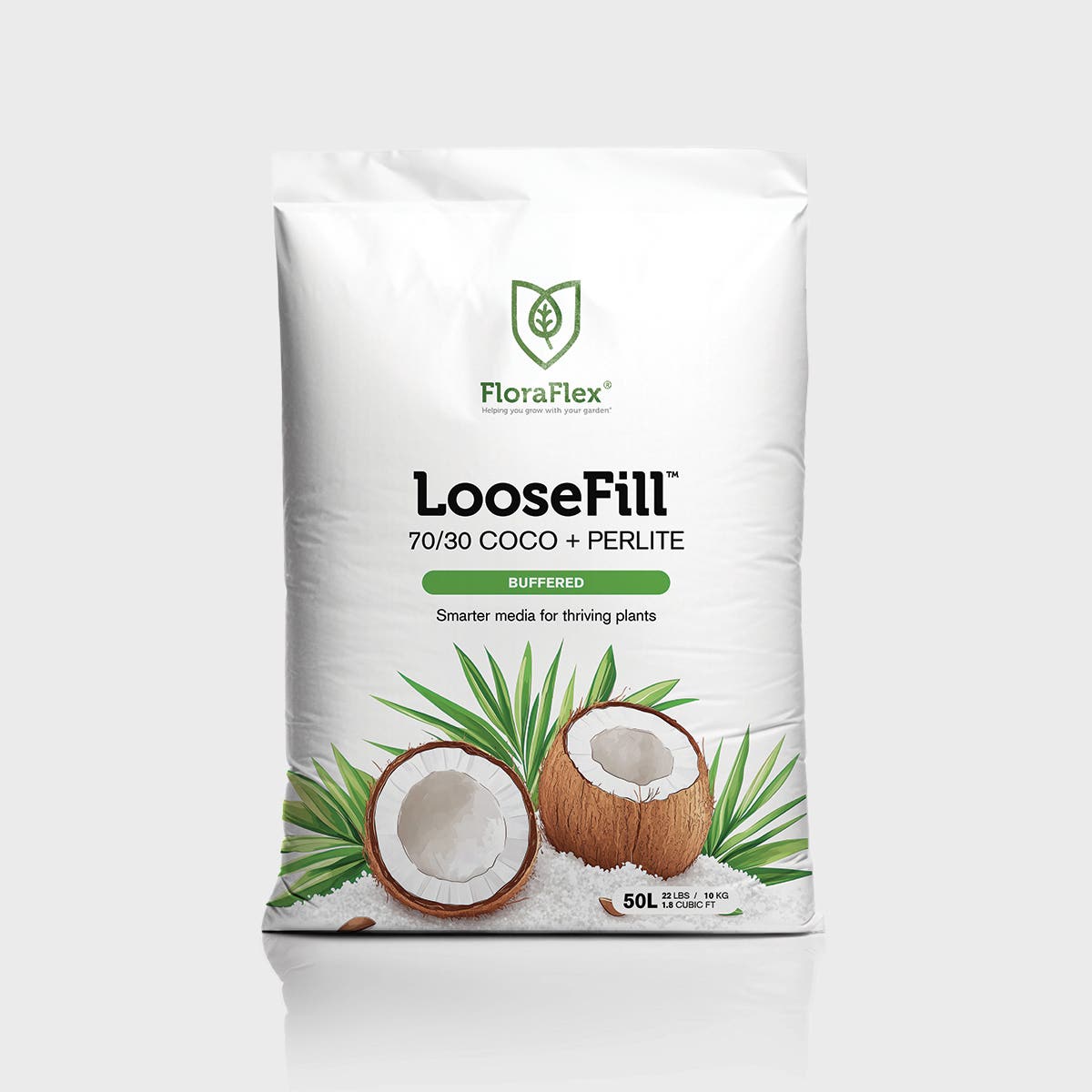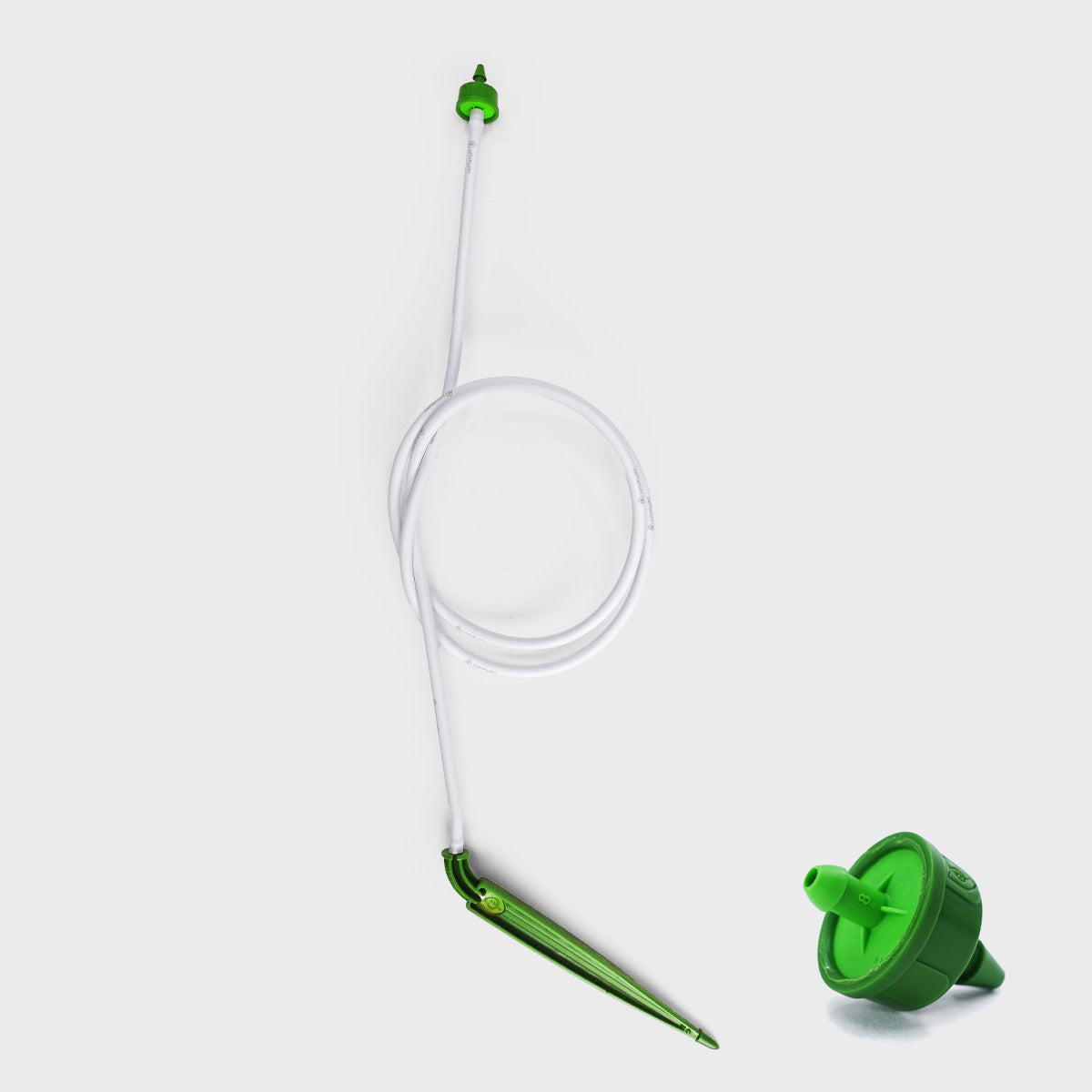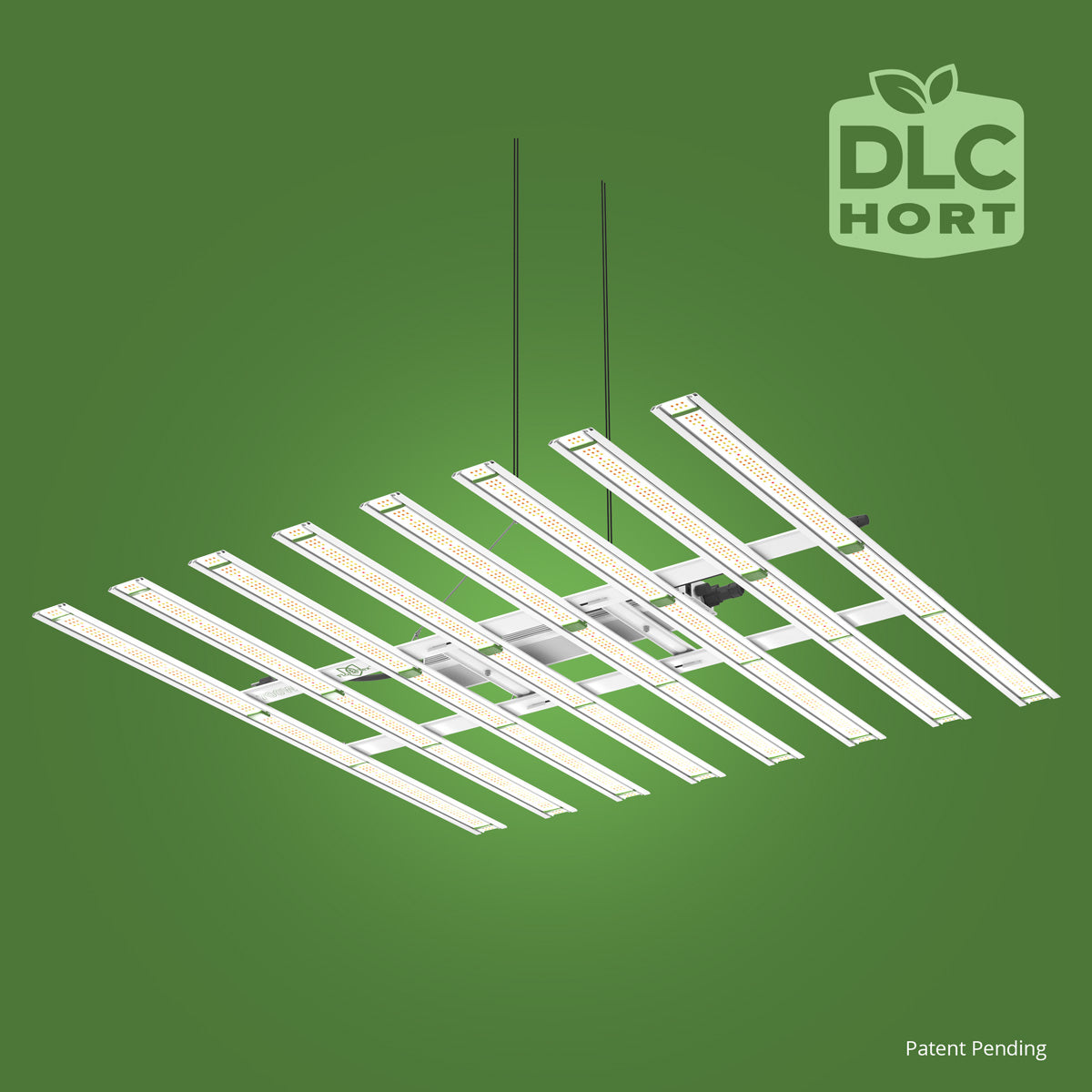Cannabis cultivation can be both a rewarding and challenging endeavor. One of the primary obstacles growers face is pest infestation, which can significantly impact the health and yield of the plants. Understanding the nature of these pests and implementing effective solutions is crucial for a successful harvest. This comprehensive guide will explore the most common pests that afflict cannabis, how to identify them, and innovative solutions to mitigate their impact.
Common Cannabis Pests
1. Spider Mites
Identification
Spider mites are tiny arachnids that can be difficult to detect with the naked eye. They are usually found on the underside of leaves and are known for creating fine webs on plants. A tell-tale sign of a spider mite infestation is the appearance of small, discolored spots on the leaves.
Solution
- Maintain Clean Environment: Keeping your grow area clean and free of dust can deter spider mite infestations. Regularly wiping down surfaces and using HEPA filters in ventilation systems offer additional protection.
- Introduce Predatory Insects: Ladybugs and predatory mites are natural enemies of spider mites and can be an effective biological control method.
- Neem Oil: Neem oil is a natural insecticide that disrupts the life cycle of spider mites. Regular application can help control their spread.
2. Aphids
Identification
Aphids are small, sap-sucking insects that commonly appear on cannabis plants. They may be green, black, brown, or pink, with soft bodies. These pests can cause leaves to curl and stunt plant growth.
Solution
- Manual Removal: For minor infestations, carefully removing aphids using gloved hands or a strong stream of water can be effective.
- Companion Planting: Growing plants like marigolds and garlic nearby can repel aphids naturally.
- Insecticidal Soap: This treatment is effective at suffocating aphids without harming the plants when applied correctly.
3. Whiteflies
Identification
Whiteflies are small, moth-like insects that cluster on the undersides of plant leaves, feeding off sap and excreting honeydew. Infestations can lead to weakened plants and mold growth due to excess honeydew.
Solution
- Yellow Sticky Traps: Placing these around the grow area can help catch and reduce the adult whitefly population.
- Encourage Natural Predators: Lacewings and spiders are natural predators that can reduce whitefly numbers.
- Horticultural Oils: Similar to insecticidal soaps, these oils smother whitefly eggs and larvae.
4. Fungus Gnats
Identification
Fungus gnats are small, dark flies often seen buzzing around soil. They target young plants and seedlings, feeding on the roots and organic matter in the soil.
Solution
- Water Management: Overly moist soil is a breeding ground for fungus gnats. Allow the top layer of soil to dry between waterings.
- Sand or Perlite Top Layer: Covering soil with sand or perlite can prevent gnats from laying eggs.
- Biological Control: Beneficial nematodes can be introduced into the soil to target and consume larvae.
5. Thrips
Identification
Thrips are small, slender insects that scrape plant surfaces to feed. They can cause silvery streaks on leaves and can transmit viral infections.
Solution
- Regular Monitoring: Use white paper or card beneath plants and tap the leaves to check for dislodged thrips.
- Reflective Mulch: This repels thrips and helps disorient them.
- Spinosad Products: Derived from natural processes of fermentation, Spinosad is an organic pesticide that effectively controls thrip populations.
Advanced Growing Solutions
Utilizing FloraFlex Wool for Pest Prevention
Implementing effective growing media can significantly impact pest control. FloraFlex 6" Wool offers a robust solution for cannabis cultivators. Made from basalt rock, this growth medium reduces the likelihood of pest infestations due to its unique properties:
- Inert Material: FloraFlex Wool provides a sterile growing environment, minimizing the risk of harboring pests.
- Excellent Drainage: It ensures proper water management, preventing conditions favorable to fungus gnats and other moisture-loving pests.
- Reusability: This environmentally friendly option can be sanitized and reused, reducing the introduction of new pests.
Integrating Prevention into Your Growth Strategy
Preventative measures are pivotal in managing pest problems before they arise:
- Regular Inspection: Conducting frequent inspections allows for early detection and prompt action, reducing the impact of any pests encountered.
- Quarantine New Plants: Any new additions to your garden should be isolated for a period to confirm they are pest-free.
- Effective Barrier Techniques: Use fine mesh screens to cover vents and openings, preventing pest entry.
Conclusion
Effectively managing pests in cannabis cultivation requires a multi-faceted approach, combining physical, biological, and chemical strategies. By understanding the nature of common pests and implementing proactive measures, growers can ensure healthy and bountiful cannabis plants. Products such as FloraFlex Wool provide innovative solutions for maintaining a pest-free growing environment, contributing to the overall success and sustainability of cultivation practices. For more information on comprehensive plant solutions, visit FloraFlex.

